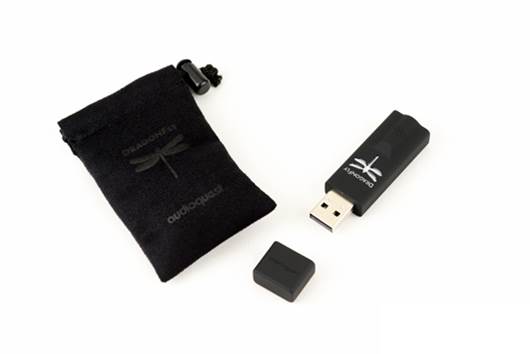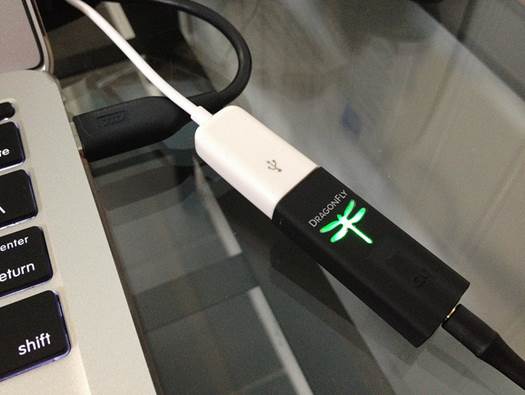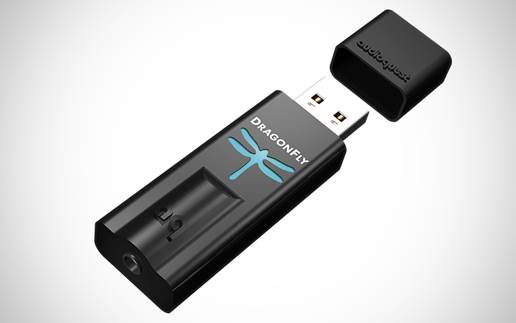An audible improvement for
well-trained ears
The way we listen to music has changed
dramatically over the last decade. The rise of the MP3 and shrinking costs of
storage mean that for the vast majority of us, our music collections live on a
hard drive somewhere, rather than in crates or on shelves. Trouble is, unlike
the hi-fi systems of old, most computers aren’t purpose-built for playing
music.

The
way we listen to music has changed dramatically over the last decade. The rise
of the MP3 and shrinking costs of storage mean that for the vast majority of
us, our music collections live on a hard drive somewhere, rather than in crates
or on shelves
In fact, most off-the-shelf laptops and
desktops deliberately skimp in the sound department for the sake of price and
compactness. Yes, Macs are something of an exception to this rule, boasting
better stock sound hardware than most PCs. But we're still talking about a
computer designed to do many things well, versus a stereo system designed to do
one thing excellently. As a result, when played through most computers' stock
output, audio loses some of the richness, depth, and clarity that a quality
stereo would provide.

The
Dragonfly aims to combat this issue by packing its own high-quality audio
processor onto an external USB stick
The Dragonfly aims to combat this issue by
packing its own high-quality audio processor onto an external USB stick. This
form factor bypasses the computer's audio processor altogether, offloading it
to what is essentially a separate computer designed specifically for audio.
Installation is as simple as plugging in the unit and selecting it as the
output source in System Preferences.
And as unlikely as it seems, it actually
makes a difference. A classical piece, encoded as a 320kbps AAC file and played
through iTunes, sounded noticeably richer through the DragonFly than through a
Mac mini's headphone-out. Violins and brass showed more shimmer and more
texture, while woodwinds sounded earthier and more robust. As a result, it was
possible to hear more significant separation between the instruments, allowing
for a greater sense of sonic space. The same recording, ripped as a WAV file
from a CD, showed an even more noticeable difference between the DragonFly and
the stock Mini sound. And on a several-years-old Windows netbook, the difference
was more noticeable still.

If
you have good speakers or headphones and good ears DragonFly will make your
music sound better.
Understand, however, that
"noticeable" is a relative term here. With lower-quality
reproductions, messier recordings, or cheaper headphones or speakers, the
difference becomes virtually imperceptible to all but the most careful
examination. And even in best-case scenarios, untrained ears may have
difficulty discerning much of an improvement.
The bottom line. As a result, the DragonFly
is most definitely a boutique product. For audiophiles forced by space or cost
to use a PC instead of a rack of gear and stacks of discs, it’s a bargain at
$250. But it's unlikely the average consumer would notice enough of an
improvement to justify the price.
|
DRAGONFLY
info
- Website: www.audioquest.com
- Price: $249
- Requirements: Mac with USB port
- (+) Simple to install, Surprisingly effective, Affordable for
what it does.
- (-) What it does is likely
imperceptible to the average user.
|